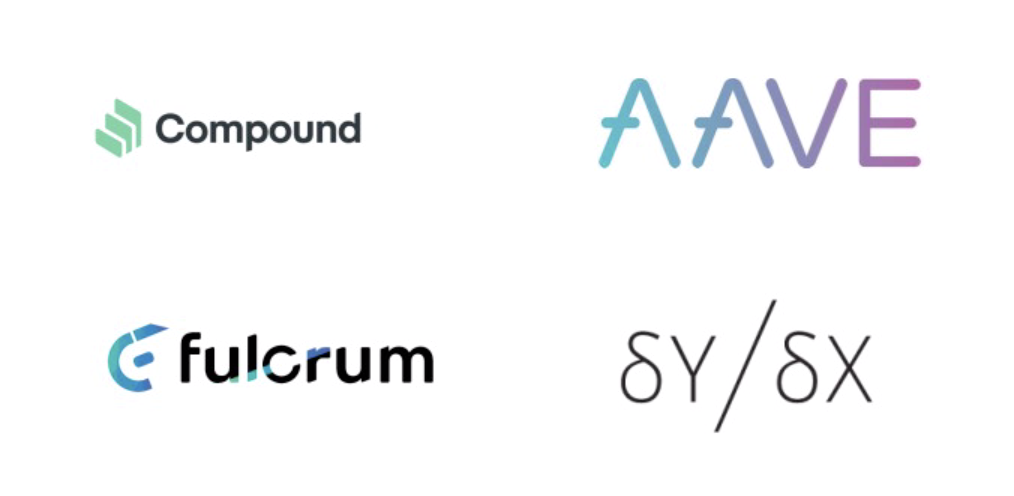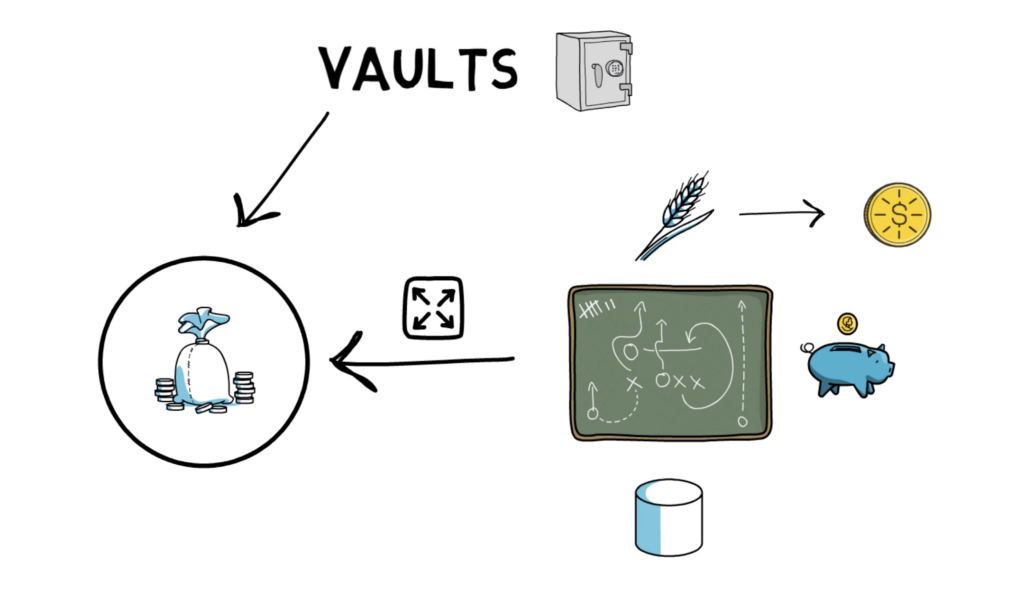Introduction
Confused about how Yearn Finance works? And what is the YFI token all about? You’ll find out all of this and more in this article.
Yearn
Okay, let’s start with what Yearn Finance is all about.
The main element of Yearn Finance is the Yearn protocol. The Yearn protocol, in essence, is a yield optimiser that focuses on maximising DeFi capabilities by automatically switching between different lending protocols.
Before we explain the mechanism of the protocol itself let’s see how Yearn came into existence.
In early 2020, the author of Yearn protocol – Andre Cronje, started looking into automating his strategy for choosing the highest paying lending protocol for his stable coins.

Before the first iteration of the protocol, Andre had to wake up every day and manually check which protocol pays the best APY on that day and consider moving his funds to that protocol. There were always a few options available at a time such as Compound, Aave, Fulcrum or dYdX. This manual work quickly became repetitive and boring, so Andre started coding the first version of the Yearn protocol to automate the whole process of choosing the most optimal strategy for his stable coins.
Mechanics of Yearn
The protocol, in essence, creates a pool for each stable coin.

By depositing a stable coin to a pool, the user receives their yTokens that are yield-bearing equivalents of the coin that was deposited. For example, if a user deposits DAI, the protocol issues yDAI. The DAI that is pooled together can then be moved between different lending protocols to always maximise the yield. For instance, if Aave offers a better yield on DAI than Compound, the yearn protocol can decide to move all or some of the DAI to Aave. The protocol checks if there is a better yield available at the time a user deposits or withdraws money from the pool, triggering a rebalance of the pool if necessary.
If a user wants to withdraw their initial DAI + accrued interest they can burn their yDAI and receive the underlying DAI.
One thing that the protocol always assures is to never swap the initially deposited stable coin to a different stable coin, even if there is a higher yield available. So for example, if a user deposits DAI, the protocol would never swap it to USDC, even if USDC has a higher yield. This is because most users want to withdraw the same stable coins as they initially deposited.
Further Development
After the initial version of the protocol was completed, Andre decided to open it up to more people who were also interested in automating their yield strategies. From the protocol’s perspective, adding more funds to the pool was beneficial as there were more opportunities for triggering rebalances with more deposits and withdrawals taking place.
After the initial warm welcome by the community, Andre started working on improving the protocol itself. As the money in the pools started growing, some of the previously obvious strategies like moving coins into the highest paying lending protocol stopped working. Now, the protocol had to also anticipate what would happen to the APY if a large amount of funds are moved in, so it would have to also optimise splitting funds between different protocols and choose the most optimal solution.

At this point, Andre also started working with Curve on the yCRV liquidity pool. yCRV pool contains the following yTokens: yDAI, yUSDC, yUSDT, yTUSD, making it easy to swap between the yTokens without unwrapping them into their underlying tokens.
By depositing stable coins to the yCRV pool, the users can earn trading fees for providing liquidity on top of getting a return on their yield-bearing yTokens.
Liquidity Mining
Up to this point, finding out what the best APY on a given stable coin was fairly easy. This changed dramatically with the introduction of liquidity mining with Compound’s COMP token distribution as a prime example.
The COMP token distribution was also pretty much the time when all the yield farming hype started. If you need a recap on yield farming and liquidity mining, you can check out this article here.
COMP farming basically changed the whole landscape of finding the best yield and checking the APY of a deposit was no longer sufficient. To find out the actual yield, you’d have to add up all the extra tokens that were being distributed. Finding the best strategies became more and more complex.

With all the yield farming craze going on, Andre, together with the yEarn community, started working on another idea – Vaults. yEarn Vaults, in essence, are pools of funds with an associated strategy for maximising returns on the asset in the vault. Vaults strategies are more active than just lending out coins. In fact, most vault strategies can do multiple things to maximise the returns, such as farming other tokens and selling them for profit, providing liquidity or borrowing stable coins. Each vault follows a strategy that is voted in by the yEarn community.
The full explanation of Vault’s mechanism is outside of the scope of this article, but I’ll write another one that focuses just on this super interesting topic, so make sure you subscribe to this channel to stay in the loop.
YFI Token
Now, let’s talk about the yearn’s token – YFI.
To further decentralize the yearn protocol and allow other people to make meaningful decisions on the future of the protocol, Andre decided to distribute a governance token to the yearn community.
The token distribution was focused on having a fair launch and rewarding the yearn community.
To ensure a fair launch, the YFI token had no pre-mine, no VCs allocation and even no team reward. All the tokens were distributed to the users of the protocol.

A 9-day long token distribution started with allocating 10,000 YFI tokens to the liquidity providers of the yCRV pool. The LPs had to stake their yCRV LP tokens to receive YFI rewards. Shortly after, 2 more Balancer pools were added, with 10,000 tokens each, totalling 30,000 YFI tokens.
Regardless of a disclaimer that the YFI token has zero financial value, the money started flowing into the incentivized pools, topping $600M in locked value. Also, the YFI token itself started rapidly appreciating in value. This created additional risk as the author of the protocol was in control of the governance admin key, before the governance went live. This key could potentially be used to create more YFI tokens which would result in collapsing the price of YFI. This was quickly fixed by changing the single admin key to a multisig key, requiring multiple signers from the defi/yearn community.
The YFI token, as designed, is extensively used in the yearn governance to decide on the future of the protocol with one of the most active and loyal communities in the whole defi space. There is also a lot of speculation on the potential future revenue from the YFI tokens that fuels the price appreciation. The YFI token increased in value from around $6 when it started trading, to over $30,000 per token less than 2 months later. Pretty much a parabolic run.
Other Services

Although the yearn protocol, and most recently the vaults, are at the core of the yearn.finance ecosystem, there are also other services such as yswap, ytrade, yborrow and yinsure, that are outside of the scope of this video. You can look them up by checking some of the links I’ll put in the description box below.
Summary
Yearn is clearly one of the most interesting protocols in the DeFi space, but like with pretty much everything else in DeFi, before deciding to use a particular protocol always make sure to understand the associated risks.
So what do you think about Yearn and YFI token? Did you manage to participate in their initial token distribution?
If you enjoyed reading this article you can also check out Finematics on Youtube and Twitter.




